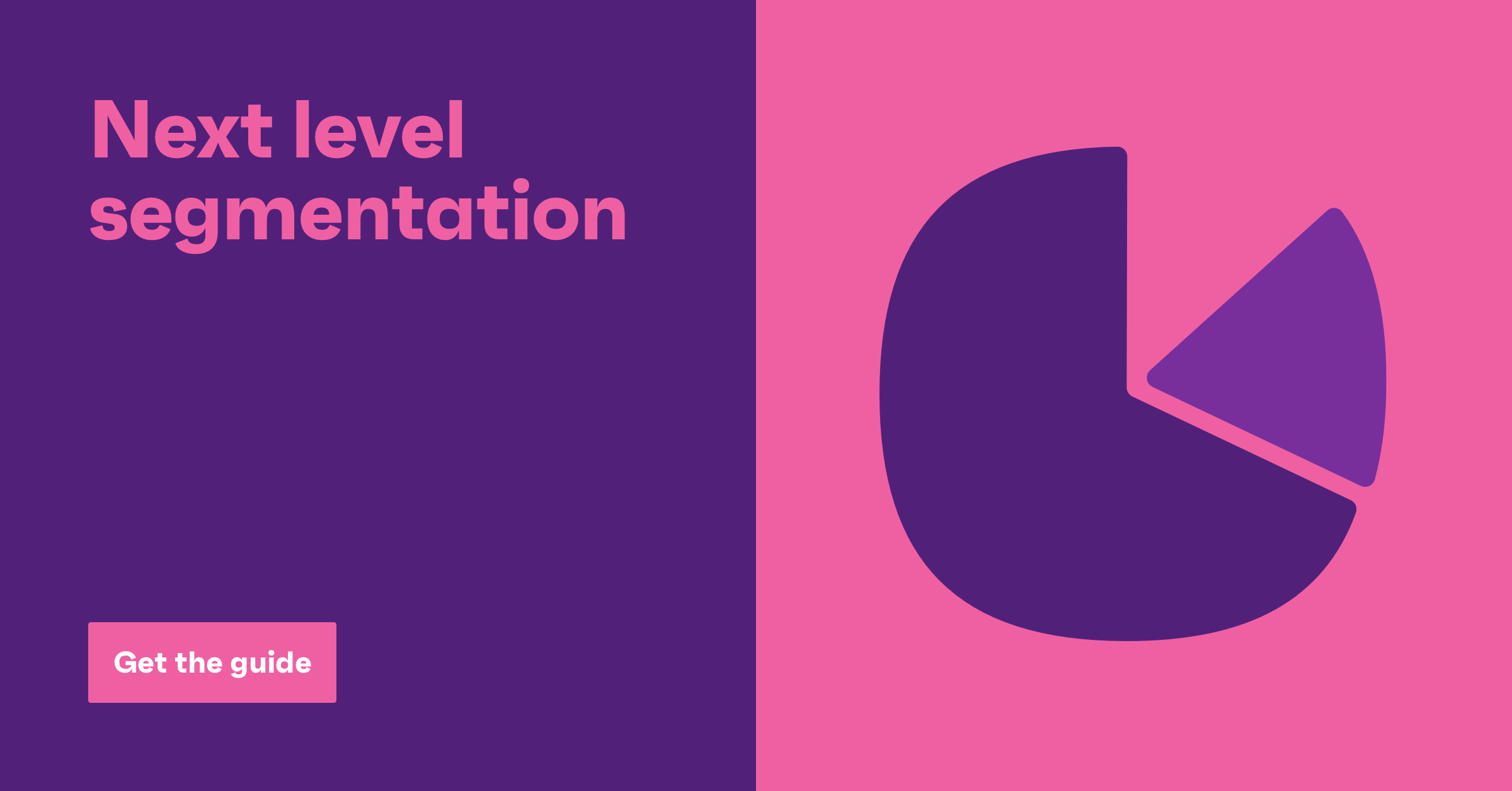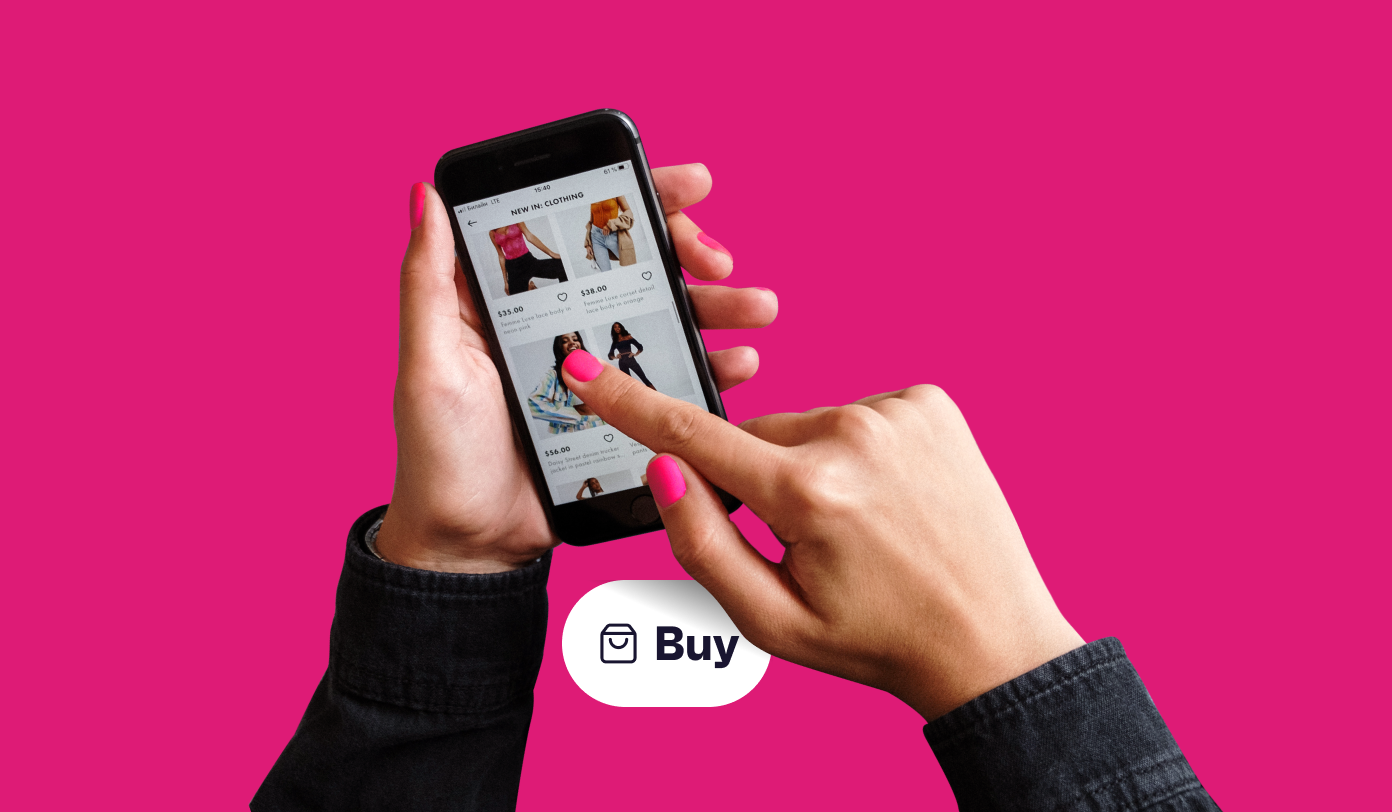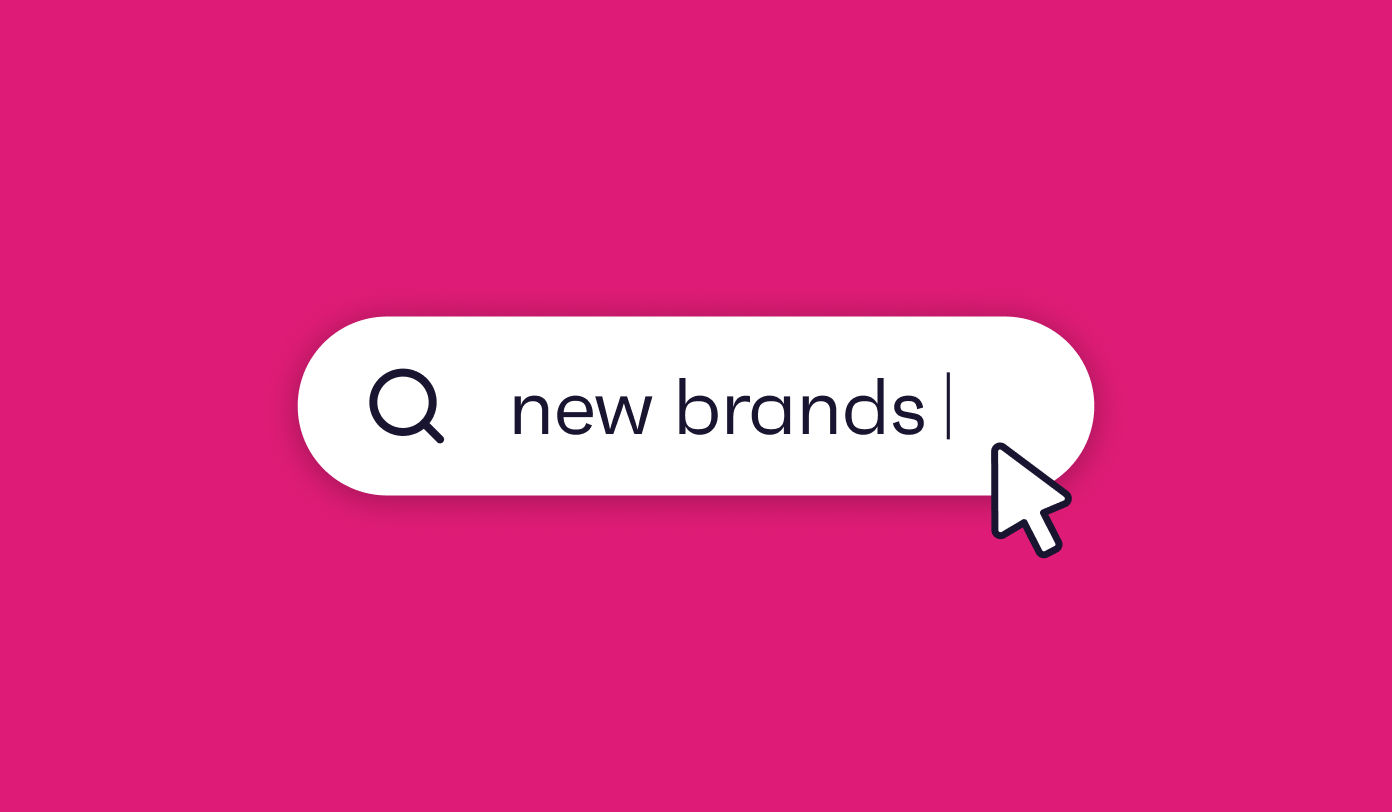Today’s consumers expect personalized marketing, and brands that use data-driven campaigns to tailor content to their interests are seeing the benefits.
In fact search intent rises by 7% and brand relevance rises 6% in situations where an ad aligns with or reflects the content it appears within. As our latest research reveals:
Over 6 in 10 consumers find personalized product recommendations extremely helpful.
Consumers are drawn to personalized ads that make them feel seen, heard, and understood. 39% of Gen X and millennials say ads that change content or promotions based on specific consumer behavior are the most effective. The point is that today, customers not only expect personalization, they value it.
What is personalized marketing?
Creating personalized content, marketing, and customer experiences is all about good quality data and the way you use it.
Brands combining consumer data with advertising technology are delivering individualized messaging, products, and experiences to customers in more innovative ways than ever.
Tactics to support personalized marketing can be deployed in a number of ways, with some more obvious than others. Improved technology, algorithms, and the way data is collected and analyzed mean these tactics are becoming more subtle and embedded.
Today, we’re seeing increasing numbers of brands and marketers making personalization a key part of the web and mobile experience for their customers. This is particularly true in the ecommerce space, where content and offerings display differently depending who’s on the receiving end – so much so that consumers might be surprised to know just how many websites show personalized marketing.
The benefits of personalized marketing
The big benefit of personalization is relevance. What could be more effective than providing your audience with content and experiences that are tailored to them?
It’s easy to understand why. The range of products and services available to consumers can often be overwhelming; personalized marketing helps narrow the range of choices based on the actual likes and priorities of each consumer, with the knock-on effect of boosting customer loyalty. But don’t take our word for it; let’s see some brands that are smashing it with personalization.
8 examples of personalized marketing and why they worked
These brilliant examples of one-to-one marketing demonstrate the value of marketers getting to know their audience and using personalization to its full potential.
1. Amazon
Amazon’s recommendation algorithm consistently makes headlines for its strategic approach to personalized marketing.
Continually being updated to help Amazon’s marketers create more personalized content and experiences, the tool suggests products not only for the whole individual, but also for different aspects of their character.
By highlighting key personal tastes and suggesting products to match, personalization drives impulse buying in a way that can really pay off.
And although Amazon’s stratospheric growth has slowed a little since the pandemic, the company still reported a very healthy 9% sales increase year-over-year from $469.8 billion in 2021 to $514.0 billion in 2022.
The key takeaway
Personalized marketing isn’t just a tactic for building brand trust and improving the customer experience. When done right, it presents endless opportunities to improve sales.
2. Marie Curie
As well as encouraging people to collect money for the charity on the high street, The Great Daffodil Appeal also gathered supporter’s geolocation data and matched it to Marie Curie’s database of collection sites.
This information was used to integrate a real-time personalized map into an email campaign, showing the supporter’s nearest collection sites. The charity’s marketers then used modeling to derive a target population and drive persona-driven content based on their collection history and previous interactions with Marie Curie.
The campaign boosted registrations year-on-year, with a high skew towards online sign ups.
The key takeaway
Consumers want to know how something directly impacts them, so personalization is a sure way to give a message greater resonance.
3. Starbucks
Starbucks’ marketers successfully keep customers engaged with its gamified mobile app. Integrating the brand’s rewards system with the ability to customize and order drinks via the app, it makes use of information such as purchase history and location to get as personal as possible.
The introduction of the rewards system saw Starbucks’ revenue soaring to $2.56 billion, while the app has generated around 6 million sales per month (around 22% of all US sales).
The key takeaway
The more customer data you get from your consumers, the more tailored your personalized marketing can be.
4. Matsmart
The Swedish sustainable food retailer wanted to raise awareness of its offering on Facebook. It ran a series of prospecting campaigns segmented by the main target audiences, grouped mostly by demographics, designed to drive new visitors to its website.
The retailer’s marketers then ran highly relevant dynamic ads featuring different products, based on different Facebook user profile segments. Granted, it’s an old example, but it’s a very strong one.
Between October 2015 and March 2016 it achieved an 84% increase in website revenue.
The key takeaway
Segmenting audiences drives personalization and enables brands to display the most relevant content, products or services to the right customer at the right time.
4. YW Istanbul
Creative and media agency YW Istanbul used GWI’s data to understand Turkish food brand Bizim Muftak’s multiple audiences, with the aim of increasing followers and engagement on Instagram and Facebook.
With their audience research nailed, the creative team recruited chefs to produce traditional recipes that could be made with Bizim Mutfak products. From there, YW Istanbul created a media plan tailored to each persona group.
Posts were prepared in the preferred format of each target audience, matched with their interests, and published on Instagram and Facebook during specific days and times that had the highest interaction potential.
Unique Instagram profile views grew from 955 to 19K, increasing monthly post interactions from 324 to 25K (+7,616%), while users of Bizim Mutfak Instagram account rose from 152K to 1M.
The key takeaway
Defining and analyzing a brand’s audiences is the first step to understanding what personalized content will really grab their attention.
5. Netflix
Netflix is famous for its viewing recommendations, using an algorithm that’s consistently being developed and improved. But the personalization doesn’t stop there.
A recent example is Netflix’s campaign to promote series 6 of the massively popular science fiction series Black Mirror. The opening episode – Joan Is Awful – follows a woman named Joan who discovers her life has been adapted as a TV series on the fictional streaming platform Streamberry.
Fans were invited to make their own poster on the You Are Awful website, and asked to give their consent to the use of their photo for marketing, with the warning also seen to hint it may even be used on a billboard.
Netflix then featured pictures of lucky fans on billboards across the UK, including London. The result was very clever, very creative, and very, very personalized.
The key takeaway
Personalization plus imagination equals massive cut through and audience relevance. It isn’t easy, but it is incredibly effective.
6. O2
Looking to make their ‘tariff refresh’ ad more relevant and engaging for mobile audiences, O2’s team of marketers used data based on device and location to introduce personalization into their customer messaging.
Using this data, they could offer personalized and niche marketing ads that showed what the best offer for that individual was, what similar users upgrade to, and where their nearest store was located.
The personalized ads performed 128% better in terms of click-through rate.
The key takeaway
Understanding how customers use their devices, in conjunction with other behavioral data, you can optimize a campaign for more impactful results.
7 . Coca-Cola
The famous ‘Share a Coke’ campaign, first launched in Australia in 2012, still retains its title as one of the most original examples of personalized marketing to date.
The idea was to spread advocacy and love for the brand by replacing the soft drinks logo with consumer names, encouraging people to share with friends and spread the brand’s message using the hashtag #shareacoke.
In the wake of the original campaign, Coca Cola Co. saw a rise in sales for the first time in over a decade.
A spokesperson from Coca-Cola said: “This campaign taught us that personalization can only be highly engaging and effective if it can be shared with a wide audience.”
The key takeaway
Don’t just make it personalized, make it shareable.
8. EasyJet
To mark its 20th anniversary, the brand’s marketers launched a data-driven campaign that brought each customer’s travel history with the airline to life. Its email campaign used customer data to build individual stories, such as when and where they first traveled with easyJet, and where they might like to go next.
The emails used 12 modules combining graphic devices, destination imagery, and copy based on 28 key personalization data points.
A total of 12,473,608 unique emails were sent, 7.5% of recipients made a booking in the following 30 days, and 78% had positive sentiments about the campaign, most using the word ‘love’ to describe it.
The key takeaway
Storytelling that leverages customer data enables brands to drive more meaningful connections on a personal level and increase brand loyalty.
Key considerations when creating personalized campaigns:
- Know who you’re targeting by interrogating your customer data – from basic demographics to online behaviors, attitudes, interests, and perceptions.
- Build real-life, data-driven personas of your target groups, and personalize your communications for each of them.
- Use dynamic content to personalize the customer experience based on interests and browsing behaviors.
- Find out which social platforms your audience prefers, when they’re likely to be online, and what sort of content they like to engage with.
- Take device ownership and usage into consideration so your marketers know what, how, and where personalization will really score.






.webp?width=495&height=317&name=pink_thumb_graphs%20(1).webp)
.webp?width=495&height=317&name=pink_thumb_letter%20(2).webp)
